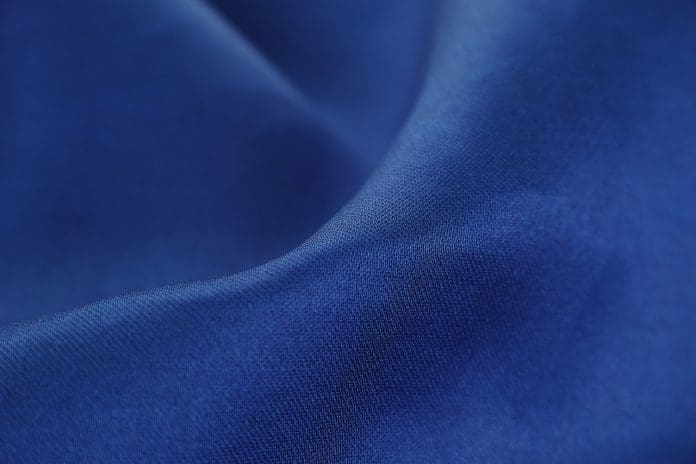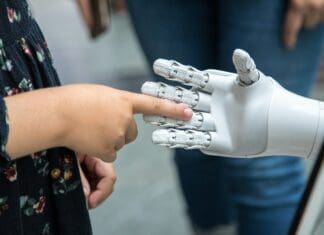This post is also available in:
 עברית (Hebrew)
עברית (Hebrew)
Innovative wearable tech uses conductive threads stitched into clothes that can record body movements. They are called SeamSleeve and were created by a team of scientists from the Universities of Bristol and Bath who set out to create everyday clothes that can capture and record body movements.
This innovation was achieved by blending conductive threads into the seams of garments that produce electrical circuits whose resistance changes with the wearer’s movements. The team’s goal was to design an enhanced version of digital clothing that could accurately sense and record body movements, which could be used for applications like healthcare and rehabilitation, consumer electronics, and sports science, improving both health outcomes and user experiences. This wearable tech is meant to outperform current motion-sensing devices and provide precise movement data, leading to more efficient monitoring and analysis of physical activities.
According to Interesting Engineering, the design avoids the need for a separate power source by pairing the seam with a charging coil, drawing the energy wirelessly from a mobile phone placed in the pocket. When low voltages pass through these threads, their resistance changes with the wearer’s movements and allows the garment to detect and record subtle changes in posture and motion. The “smart outfit” then transmits the data to the wearer’s phone that serves as both a power source and a data receiver.
Professor Mike Fraser of the University of Bristol’s School of Computer Science said: “This means advanced motion sensing garments could be made without altering existing manufacturing processes… We have also shown that smartphone apps using advanced AI techniques can use this movement data to match body movement to specific postures or gestures such as physiotherapeutic exercises.”
In a video demonstrating the functioning of the new wearable technology in everyday clothing, the scientists note that the garment can capture a wide range of body movements while maintaining the benefits of traditional garment design.


























